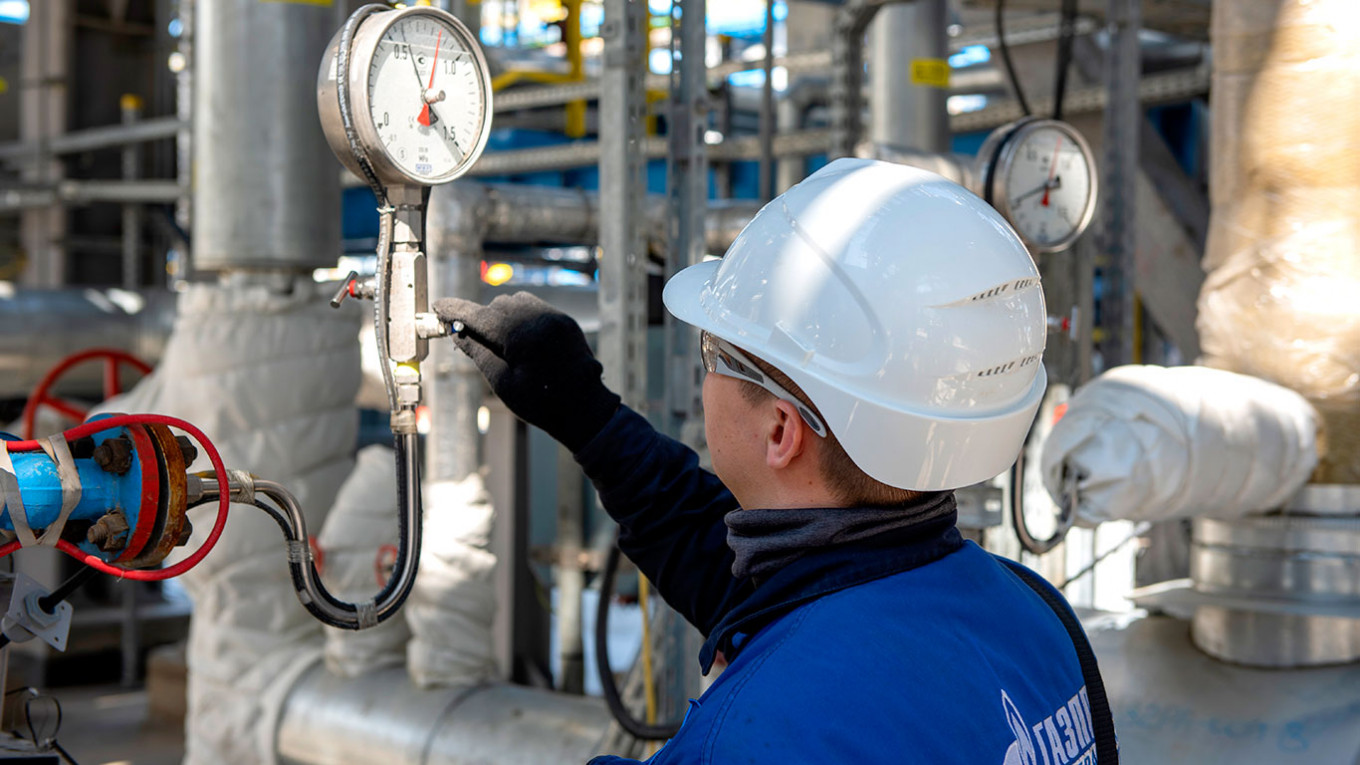Gas distribution installations play a crucial role in delivering natural gas from production facilities to end-users safely and efficiently. Over the years, advancements in technology and engineering have transformed these installations, ensuring a seamless supply of gas for various applications. This article delves into the evolution of Fluides, exploring the key components and innovations that have enhanced their reliability and efficiency.
The Basics of Gas Distribution Installations:
Gas distribution installations are complex networks of pipelines, valves, regulators, and measurement devices designed to transport natural gas to residential, commercial, and industrial consumers. The primary objective is to maintain a steady flow of gas while ensuring safety, reliability, and cost-effectiveness.
Key Components:
- Pipelines:
- The backbone of any gas distribution system, pipelines are constructed from materials such as steel, plastic, or composite materials to ensure durability and longevity.
- Advanced monitoring systems, including sensors and surveillance technologies, have been integrated to detect leaks promptly and prevent potential hazards.
- Valves and Regulators:
- Control valves and pressure regulators are strategically placed throughout the distribution network to manage the flow of gas and maintain optimal pressure levels.
- Smart valve technologies enable remote monitoring and control, enhancing the overall efficiency of gas distribution.
- Measurement Devices:
- Accurate measurement is essential for billing purposes and system optimization. Modern installations utilize sophisticated flow meters and gas chromatographs to ensure precise measurement of gas volumes and composition.
Innovations Driving Efficiency:
- Automation and Remote Monitoring:
- Automation has significantly improved the efficiency of gas distribution installations. Remote monitoring allows operators to track the performance of the system in real-time, identify issues promptly, and respond swiftly to any anomalies.
- Smart Grid Technologies:
- Integration of smart grid technologies enhances the overall intelligence of gas distribution networks. Automated demand response systems help balance supply and demand, optimizing the distribution process.
- Predictive Maintenance:
- Predictive maintenance using data analytics and machine learning algorithms allows operators to predict equipment failures before they occur. This proactive approach minimizes downtime, reduces repair costs, and extends the lifespan of infrastructure.
- Green Initiatives:
- Gas distribution installations are evolving to accommodate the increasing demand for sustainable energy solutions. Incorporating biogas, hydrogen, and other renewable gases into the distribution network is a key focus, aligning with global efforts to reduce carbon emissions.
Safety Measures:
Ensuring the safety of gas distribution installations is paramount. Regular inspections, adherence to safety standards, and the implementation of advanced safety technologies, such as automatic shut-off systems and leak detection devices, contribute to the overall reliability of the system.
Conclusion:
Gas distribution installations have undergone a remarkable evolution, driven by technological advancements and a commitment to efficiency, safety, and sustainability.
